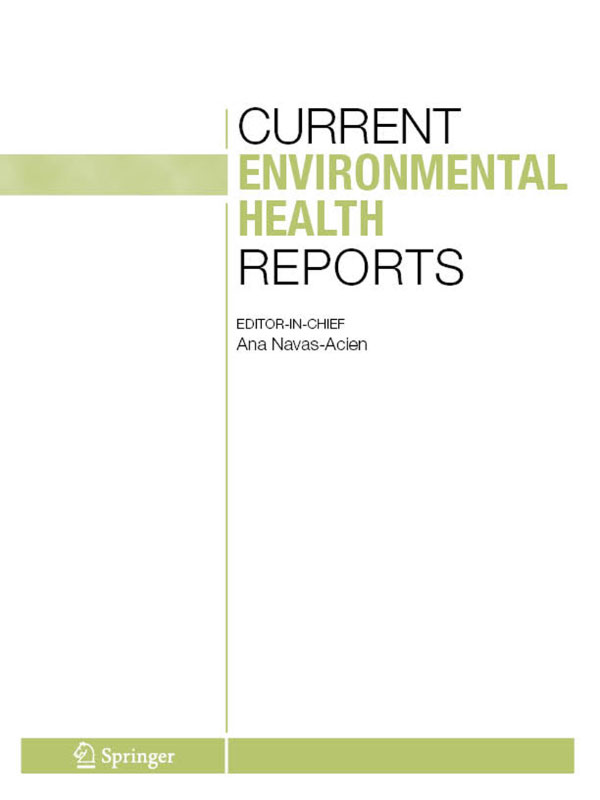Research Article
Do Mental Health Changes in Nature Co-occur with Changes in Heartrate Variability and Executive Functioning? A Systematic Review
Publication Date:
DOI: https://doi.org/10.1007/s40572-023-00407-6
Abstract
Purpose of Review
Given the global burden of mental health issues, new solutions are needed to promote mental health. Nature exposure represents a promising option to promote mental health, but the mechanisms are poorly understood. Recent frameworks have argued that changes in mental health in nature are caused by activity changes in the vagus nerve, which connects the heart and the brain, and that these changes also improve executive functioning (EF) abilities. This suggests that changes in mental health symptomology in nature should be accompanied by changes in vagus nerve activity, as well as changes in executive functioning. Yet, little work has systematically examined co-variation of these outcomes in empirical studies. The present manuscript systematically examines whether changes in mental health in nature are accompanied by changes in vagus nerve activity (approximated by heartrate variability) and changes in executive functioning.
Recent Findings
There is compelling evidence that spending time in nature can increase heartrate variability, improve mental health, and improve executive functioning. However, despite strong theoretical claims that these three outcomes should be linked after spending time in nature settings, few studies directly examine such co-occurrence.
Summary
The study systematically examines whether studies that considered both mental health and executive functioning (n = 6) showed co-occurring effects in response to nature exposure. Similarly, the study also considers if studies examining mental health and heartrate variability (n = 6) showed similarly directional effects following nature exposure. This systematic review concludes with discussion about the limited number of studies (n =1) that include all three measures. We find mixed results of co-occurrence with these variables, suggesting that the relationship between these three constructs in nature may be more nuanced than current theory suggests. Perhaps more importantly, our results demonstrate that there is very little existing work linking changes in mental health to changes in EF and vagal tone. We conclude with justification for why it may be beneficial for researchers to include all three metrics as well as guidance on how to do so.
